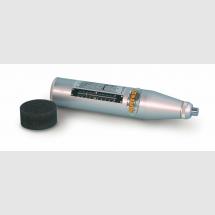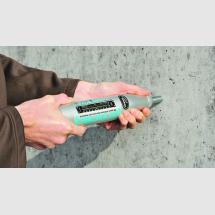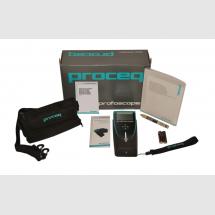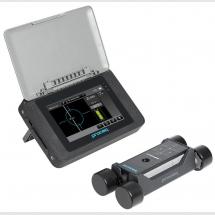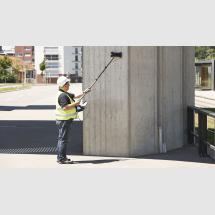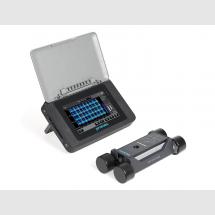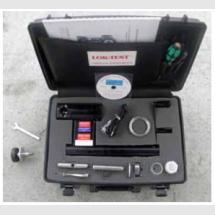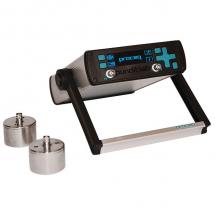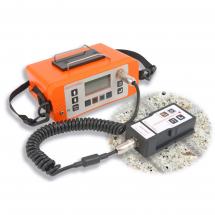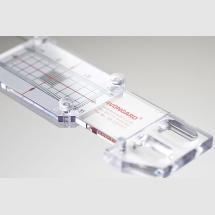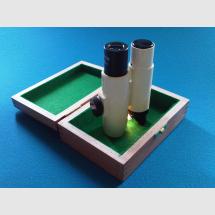This concrete test hammer, produced by Matest, has an aluminium frame, and thanks to its very accurate manufacture processing and selected components ensures high precision test results in the time.
Category: Non-Destructive Testing
The Original Schmidt is the world’s first and most widely used instrument for non-destructive estimation of concrete strength properties, asphalt, mortar, rock and paper. It has become the basis of every major rebound hammer testing standard worldwide.
Handy cover meter with integrated display and assisted detection feature used to locate rebars before drilling, cutting and coring allowing spot check of cover with rebar size.
Advanced cover meter based on the new generation Profometer touchscreen allowing full data review directly on the instrument.
Advanced cover meter based on the new generation Profometer touchscreen with universal probe and scan cart. Enhanced correction factor for maximum cover accuracy on congested rebar arrangements.
Advanced cover meter based on the new generation Profometer touchscreen with universal probe and scan cart. Enhanced correction factor for maximum cover accuracy on congested rebar arrangements.
The LOK-TEST system is used to obtain a reliable estimate of the in-place strength of concrete in newly cast structures in accordance with the pullout test method described in ASTM C900, BS 1881:207, or EN 12504-3. The principal uses of LOK-TEST are:
An easy to use gauge that quickly and accurately locates/orientates reinforcement bars in concrete and measures the depth of cover over the rebar.
Designed to meet IP65 this rugged waterproof gauge can be used in the harshest of environments.
Precision hand-made product, used for detecting and measuring the width of minuscule cracks in concrete and made in the UK.
-
This high definition microscope is further enhanced by having its own adjustable light source for darkened conditions.
Used to determine the presence of faults, voids, cracks etc., in in-situ or precast concrete and for longterm monitoring of structures subject to environmental conditions.

